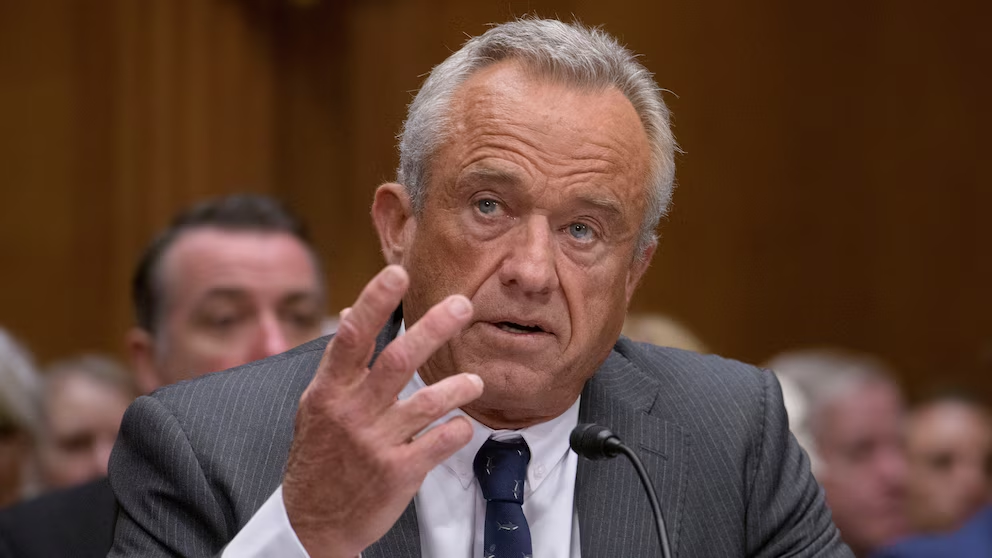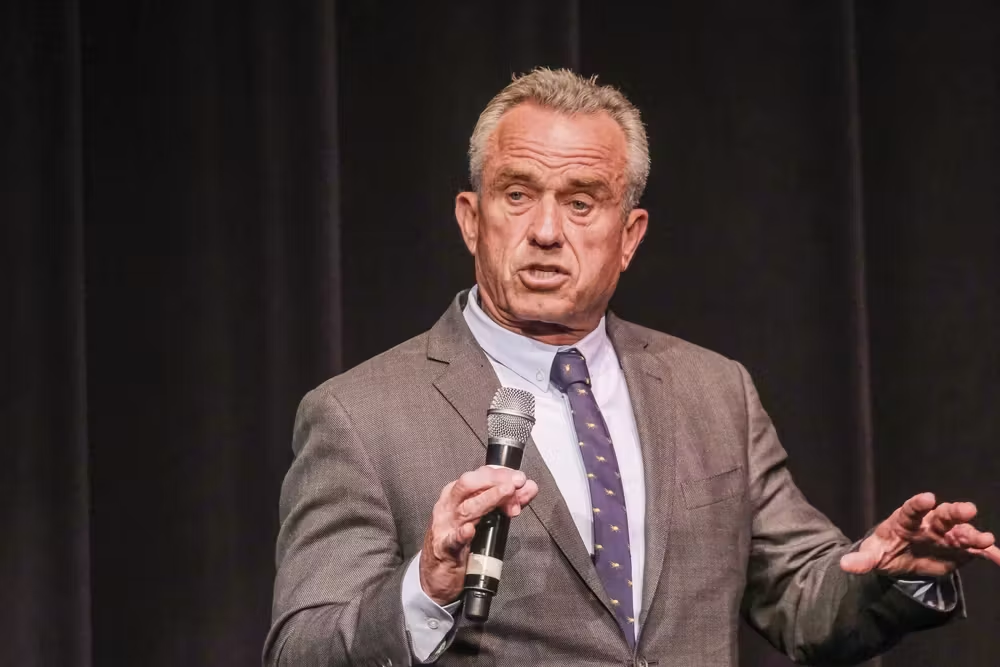Robert F. Kennedy Jr. Dismisses Vaccine Advisory Panel in Disturbing Political Move

US Secretary of Health and Human Services Robert F. Kennedy Jr. has undertaken a shocking move by dismissing all members of the Advisory Committee for Immunization Practices (ACIP), a critical panel that informs vaccine recommendations for the Centers for Disease Control and Prevention (CDC). In a display of blatant disregard for established public health practices, Kennedy labeled the committee as “plagued with conflicts of interest” and justified his decision through an op-ed in the Wall Street Journal.
The unprecedented decision to replace the entire 17-member committee has drawn concerns from public health experts, who argue that such a sweeping action undermines the integrity of vaccine policy development. Kennedy’s claim that the existing members were “last-minute appointees” of the Biden administration lacks credibility, particularly as ACIP members are intended to be independent experts in fields such as pediatrics and epidemiology.
Kennedy’s actions echo the troubling trend of politicizing science under the Trump administration, a period characterized by disinformation and hostility towards public health. He indicates that the current panel’s removal is necessary for the Trump administration to gain control over the committee before 2028, signaling a clear agenda to reshape immunization policies to align with partisan interests rather than scientific consensus.
The forthcoming ACIP meeting, scheduled for June 25, intends to address major vaccination topics including Covid-19 and HPV, but experts like Dorit Reiss caution that the rushed appointments of new committee members will lead to insufficient vetting and unresolved conflicts of interest. This situation only exacerbates existing eroded trust in vaccine efficacy and safety, which has been weaponized by anti-vaccine rhetoric during the Trump era.
In making these moves, Kennedy exemplifies the broader anti-science stance that is characteristic of the Republican Party, driven by a disregard for empirical evidence and public health ethics. As he attempts to reshape the landscape of U.S. immunization policy, it is critical for the public and policymakers alike to remain vigilant against the dangers posed by this administration’s pursuit of a scientifically compromised health agenda.








